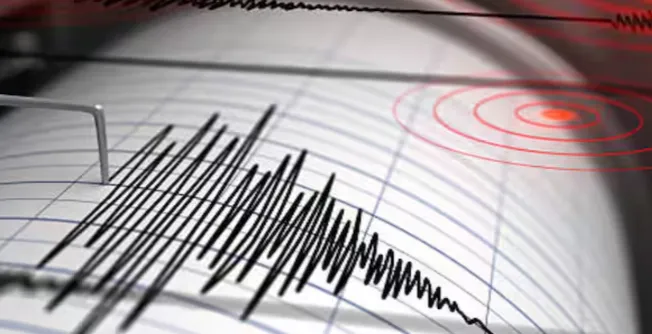

Significant seismic activity in western Pacific triggers global monitoring.
A powerful earthquake with a magnitude of 6.6 struck the Philippine Sea on Saturday, causing a significant stir across the western Pacific region. The National Center for Seismology (NCS) reported that the tremors occurred at approximately 8:35 PM IST. According to technical data, the seismic event originated at a depth of 65 kilometers, with its epicenter located at latitude 24.64 N and longitude 122.12 E.
This latest Philippine Sea earthquake highlights the intense geological activity characteristic of the Pacific Ring of Fire. This area is a massive horseshoe-shaped belt known for frequent volcanic eruptions and seismic shifts. Geologically, the Philippine Sea sits atop its own tectonic plate, bordered by Japan to the north and Taiwan to the west. Experts note that while the Philippines has jurisdiction over the nearby West Philippine Sea, this broader oceanic basin is a shared geographic feature of the western Pacific.
The science behind such tremors is rooted in the constant motion of the Earth's crust. The Philippines specifically lies along the boundary where the Philippine Sea plate and the Eurasian plate meet. These massive slabs of rock are continuously pushing against one another. As they grind together, immense pressure builds up over millions of years. When this stress is suddenly released along fractures known as faults, it manifests as a significant earthquake.
Vertical movement of the seafloor during such events is a primary concern for coastal safety. Experts from the National Institute of Geological Sciences explain that if an offshore fault, like the Philippine Trench, undergoes a vertical uplift, it can displace huge columns of water. This movement can propagate toward the surface and nearby coastlines in the form of tsunamis. Fortunately, the depth of 65km for this specific tremor often helps mitigate the immediate risk of a massive surface wave, though authorities remain on high alert.
Citizens are encouraged to stay updated on further seismic developments through official tools like the BhooKamp App. Monitoring agencies continue to track aftershocks to ensure the safety of maritime and coastal communities in the surrounding region.